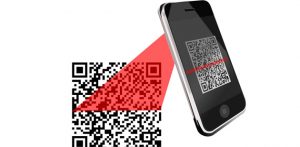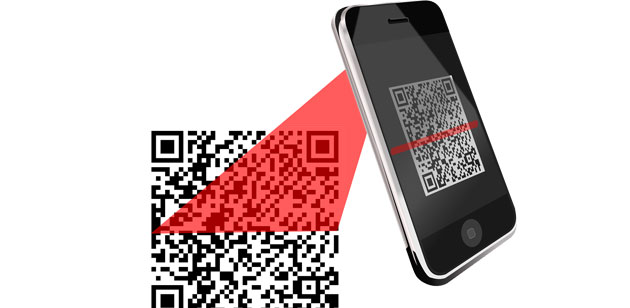
1 out of 4 smartphone users scan QR codes
The use of bidi codes is popularized by users. According to the latest data published by Pitney Bowes, has increased its scan in both Europe and North America, This is reflected in its survey of the use of QRs among more than 5000 consumers.
 Young people use this application more frequently
Young people use this application more frequently
On average, 15% of those surveyed said they used these two-dimensional codes. A percentage that increases among the younger population. 27% of users aged 18-34 use this resource to expand information.
Its use has been extended to all types of supports, reaching any surface that can be printed; As is the case of product packaging, billboards, information posters, brochures, displays, City buses and even clothes. In addition, marketing strategies have included it as a further application and a resource to encourage interaction, thereby improving the response rate of the campaigns, in addition to quantitatively measurable data.
When it comes to making the most of these new applications, in the creativity is the limit. Undoubtedly these simple graphics offer many possibilities from the point of view of commercial communication. They can hide from a discount coupon to add more information about the product they accompany, in the form of video, or making use of augmented reality.
There are already sectors that are exploiting their potential, offering added value information to their users and increasing the conversion of their messages. Last October Nellymoser informed us that in the written press, the conversion rate of QRs was higher than that of direct advertising, obtaining a response of between 4.5% and 5.9%; While the response rate of this type of conventional advertising was 4.4%.
Do you normally scan BIDI codes? Are you useful? Where would you apply them?
Leave a reply